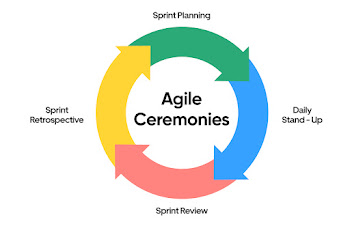Difference between regression, sanity and smoke tests
Regression, sanity, and smoke testing are all important stages in the software development life cycle (SDLC) but focus on different aspects and serve distinct purposes.
Discuss about some-of their key differences:
Smoke Testing:
Smoke testing is mainly aiming to identify major issues and ensure the basic functionality of the entire software build is working. It's a quick initial check to see if the build even smokes. So, the primary goal is to determine if the build is stable enough for further testing. It identifies critical blockers that would prevent further progress in the development process. This is typically performed at the very beginning of the testing cycle, right after a new build is created. It acts as a gatekeeper for further testing. This testing executed by tester and sometimes also by the developers.
Ex: You buy a car and whats to check before taking it for a test drive, you check the car starts, the engine runs, and the basic controls (steering, brakes) functions are working or not.
Sanity Testing:
Sanity testing keep focuses on targeting newly implemented features or bug fixes in the latest build. It's a sanity check to see if new additions haven't broken anything critical. Verifying the basic functionality and stability of new features or bug fixes. It ensures these changes haven't caused any unintended side effects on other parts of the software. Often happens after smoke testing and before extensive regression testing. It's a quick sanity check to make sure new additions are functioning as intended before deep diving into regression testing.
Ex: You just installed a new sound system on your car, you might do a quick test to see if it works and doesn't interfere with other features.
Regression Testing:
Regression testing has the most important works to do. It aims to verify that no existing functionalities have regressed (broken) after code changes, additions, or bug fixes. It's a thorough examination to ensure the software hasn't regressed in its overall functionality. The main objective is to ensure the overall quality of the software hasn't degraded after code changes. It checks for regressions (reappearance of old bugs) or introduction of new bugs due to modifications. This testing usually occurs later in the development cycle, after features are more developed and integrated. It's a comprehensive test suite designed to cover a wide range of functionalities.
Ex: After a major changes, you'd take the car for a thorough test drive to ensure everything (engine performance, brakes, lights) is still working as expected.




Comments
Post a Comment